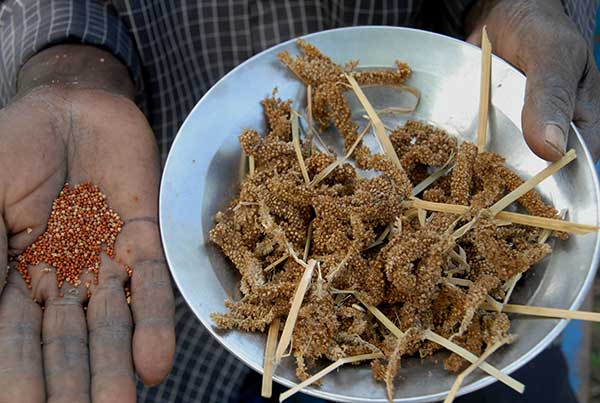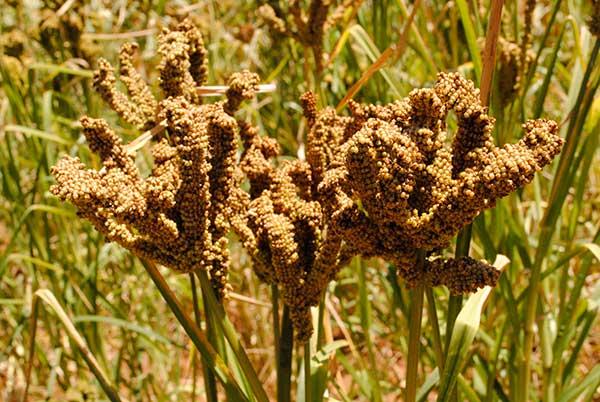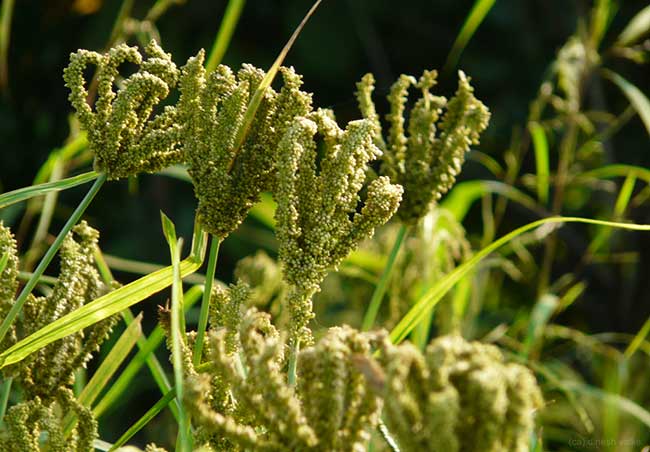By Tracy Mapfumo
Millets are underutilized crops in most parts of the world. However, because of their ability to survive under stressful environments, growing human population and decreasing water supplies make these crops crucial for nutrition. Finger millet (Eleusine coracana) in particular is well adapted to a wide range of environments as it is drought tolerant and requires few inputs. It is native to Ethiopia and is grown extensively in India and most parts of Africa. In Zimbabwe, finger millet is grown in the semi-arid areas (regions IV and V) which receive an annual rainfall of 600mm or less.
Finger millet is a hardy crop which grows on a wide range of soils and recovers well after dry spells. Land preparation should be done thoroughly because the crop has a small seed. Planting is done by broadcasting or drilling in rows from October to November during the first rains. Fertilisers can be applied, but the crop responds well to application of manure. Harvesting is done by hand three to four weeks after flowering when the seed has 10% moisture. Average yields range from 0.25 to 1.5 tonnes per hectare – however, 5 tonnes can be achieved with improved cultivars.

The nutritional status of finger millet is astounding. It is very high in dietary fibre, and contains significant amounts of protein and minerals such as calcium, potassium, phosphorus and iron. Finger millet just like any other small grain is gluten free. Due to the constituents of finger millet, it possesses anti-diabetic, anti-diarrheal, antiulcer, anti-inflammatory, antioxidant and antimicrobial properties.

Finger millet can be utilised in a number of ways. Traditionally in Zimbabwe it is milled into flour to prepare porridge or sadza and to make malt (maheu). The flour can also be used in baking, mostly blended with other flours, and the stalks can be used for animal feed.
For more information on underutilized plants and recipes, check www.bio-innovation.org and www.naturallyzimbabwean.com or visit us at our office (20 Garlands Ride, Mt Pleasant) or Maasdorp and Amanzi markets. Finger millet whole grain and flour can be sourced from CADS (Cluster Agricultural Deelopment Services), Orsha Wholesome Foods and Chinyika Foods based in Gutu.

